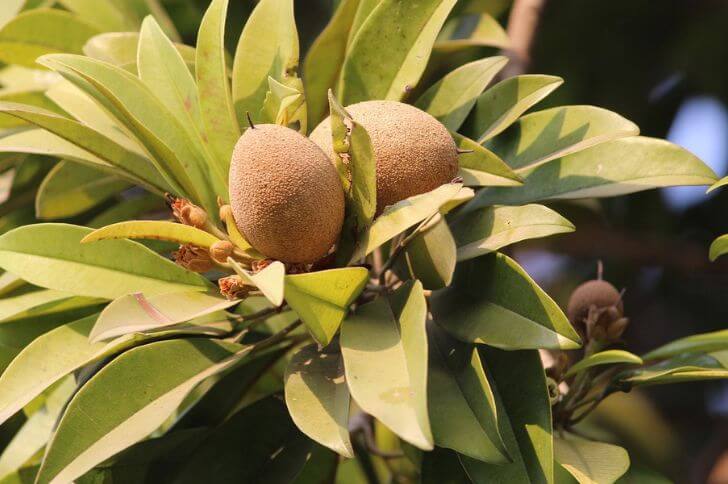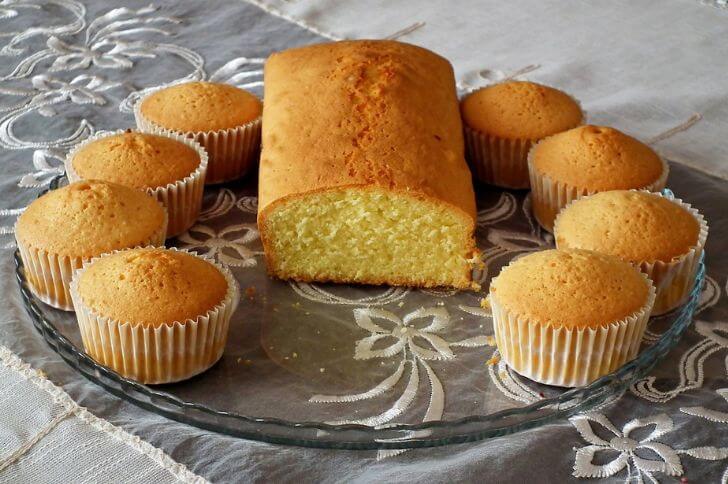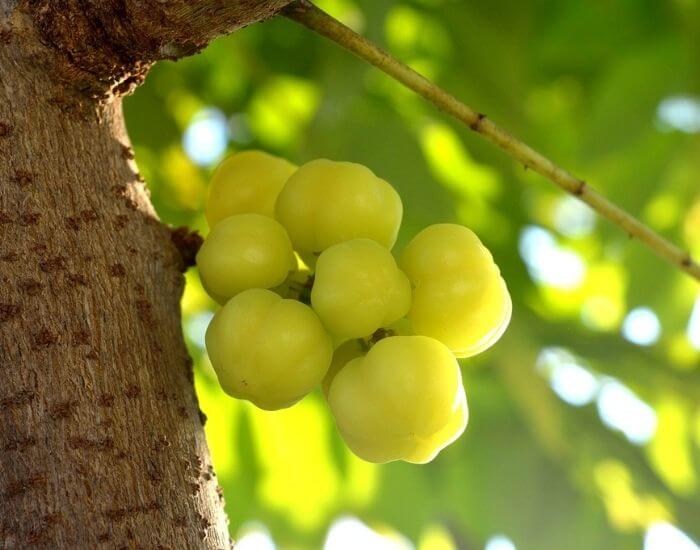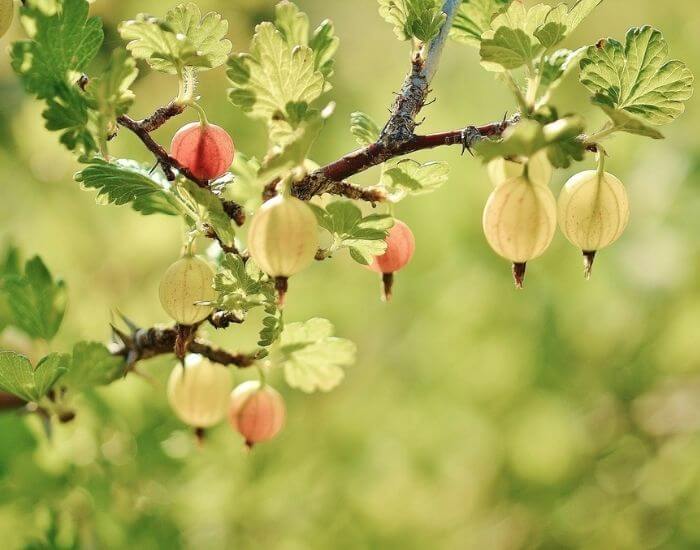Chiku, also known as zapote fruta, sapota,or sapodilla fruit, is native to Mexico, Caribbean, Asia and Central America. This delicious fruit has a unique flavor and texture that makes it a popular ingredient in many desserts and dishes.
If you are wondering about how to use this fruit, continue reading below. We’ll discuss how to pick ripe fruits, how to use them, season and more.
What is the similar name for chiku fruit?
In India, it is commonly called sapota. In Spanish-speaking countries, it may be referred to as nispero, sapodilla or zapote. Other names for the chiku fruit include ciku (Malaysia), sawo (Indonesia), lamoot (Philippines), and hồng xiêm (Vietnam).
Other names include chicozapote, naseberry, chicle and chicoo.
Overall, the chiku fruit may have different names depending on where you are in the world. Nevertheless, it remains an excellent choice for those who want a sweet treat or healthy snack.
Sapota fruit color
The color of the sapota fruit may vary depending on its ripeness. When it’s unripe, the skin of the fruit has a greenish-brown color with a smooth texture.
As it ripens, it turns into a brown color with a rougher skin texture. Once fully ripe, the sapota fruit has a deep brown color with slightly wrinkled skin.
The inside flesh of the sapota fruit also changes in color as it ripens – starting from white when unripe and gradually turning into yellow or light brown when fully matured. The darker-colored flesh indicates that the fruit is ready to eat and at its peak sweetness level.
Where does chiku fruit come from?
It is believed to have been cultivated by the Mayans and Aztecs over 2,000 years ago. Today, chiku trees are grown in various parts of the world including India, Thailand, Indonesia, Philippines and Malaysia.
Its tree can grow up to 100 feet tall and produces oval-shaped fruits with brown skin when ripe. The flesh of the fruit is soft with a grainy texture similar to that of a pear.
Inside the fruit are five to six large, glossy seeds that are not edible.
When is chiku in season
Chiku fruits are in season at different times of the year depending on the region.
In Thailand, you can find sapodillas from September through December. In India, sapotas are harvested twice each year; May-June, January-February.
In the Philippines, chicoo fruits are available in January and February.
In the US, these fruits thrive in Florida and are harvested from February through June.
How to tell if chiku is ripe
To determine if the sapota fruit is ripe, look for signs of softness in the skin. A ripe sapota fruit will be slightly soft to the touch but not mushy.
Another way to tell if the zapote fruta is ripe is by its color. When ripe, it will have a deep brown color with no green spots or streaks. If there are any green areas on the skin of the fruit, it may not be fully ripened yet.
Finally, you can check for ripeness by smelling the bottom of the stem where it was attached to the tree. If it has a sweet aroma similar to caramel, then it’s likely that your sapota fruit is ripe and ready to eat!
What does zapote fruta taste like?

If you love pears, you’ll definitely enjoy chikus. They have a similar taste.
Some people also note subtle notes of sweet potatoes in the flavor profile. The texture is grainy, which makes it an excellent addition to desserts like ice cream or smoothies.
Also note, chiku fruits are very juicy and soft, you may have a hard time slicing a ripe one.
Ways to eat chikoo fruits
One of the simplest ways to enjoy sapota is by peeling off the brown skin and eating the flesh raw. The soft and juicy texture makes it easy to eat without any additional preparation.
Another way to eat sapota is by using it as a natural sweetener in desserts.
Alternatively, you can use chiku pulp as a substitute for sugar or honey in recipes like cakes, cookies, and puddings.
Sapodilla recipe (cake)

Ingredients:
-1 cup all-purpose flour
– 1 tsp baking powder
– 1/2 tsp baking soda
– 1/2 tsp salt
– 2 medium sapodillas, peeled and mashed
– 1/2 cup vegetable oil
– 2 eggs
– 3/4 cup brown sugar
Instructions:
1. Preheat oven to 350°F (175°C) and grease a cake pan.
2. Mix dry ingredients.
3. In another bowl, mix together the mashed sapodillas, vegetable oil, eggs, and brown sugar until smooth.
4. Gradually add the dry ingredients to the wet mixture and stir until well combined.
5. Pour the batter. Bake for 30 minutes. Use toothpick to check readiness.
6. Cool for a few minutes before slicing and serving your delicious sapodilla cake!
Drinking Chikoo fruit
One of the popular ways to drink sapota fruit is by making a smoothie. To prepare this delicious drink, blend chopped sapota fruit with ice, milk or yogurt, and sugar if desired. You can also add other fruits like bananas or berries for added flavor.
Another way to enjoy chiku fruit is by making juice. To enjoy at home, peel and seed the ripe fruits before blending them with water and straining the mixture through cheesecloth to remove any pulp.
Add some lime juice for extra tanginess and serve over ice for a refreshing summer beverage.
Sapota shake
Ingredients:
-1 ripe sapodilla fruit
– ½ cup milk
– 1 tbsp sugar
– 4-5 ice cubes
Instructions:
1. Peel the sapodilla and remove the seeds.
2. Cut into small pieces and put them in a blender.
3. Add milk, sugar, and ice cubes to the blender.
4. Blend everything until it becomes smooth.
5. Pour into a glass and serve chilled. Enjoy your sapodilla shake!
Nutrition facts
The sapota fruit is rich in nutrients such as fiber, vitamin C, potassium, and iron
One serving of chiku fruit contains around 200 calories with no fat or cholesterol. It’s an excellent source of fiber.
How to store chiku fruit
The best way to store chiku fruit is at room temperature until ripe. Once the fruit is ripe (it should give slightly when pressed), transfer it to the refrigerator for up to three days.
However, if you want them to last longer than three days after ripening then put them in a bag and freeze.
If you have unripe chikus that you want to ripen quickly then place them in a paper bag with an apple or banana as they will help speed up the process. Keep the bag closed and check every day until they are ready for consumption.
Remember that once ripe or cut open chiku fruits tend to spoil quickly so it’s best to consume them immediately.
Where can you get chiku
If you’re looking to get your hands on some chikoo fruit, there are several options available.
Firstly, if you live in a tropical region (Florida) where zapote fruta trees grow, you can easily find it at local markets or grocery stores.
In countries like India and Thailand where the sapota tree is widespread, it’s not uncommon to see vendors selling them on street corners or marketplaces.
If you don’t live where naseberries grow, your best bet would be to look for them at specialty produce stores. Also, some online retailers that specialize in exotic fruits may have them.
Another option is to consider growing your own tree if you have access to the right climate. In the US, like other exotic fruits, chikoos grow in Florida.
Can we eat the skin of chiku fruit?
Yes, chikoo fruit skin is edible. Just give it a good wash. The skin has dietary fiber.
Can bananas and chikoos be eaten together?
The good news is that chiku fruit can be eaten together with bananas. Both fruits are rich in essential nutrients such as fiber, vitamins, and minerals. Combining them can make for a delicious and nutritious dessert or smoothie
Are chiku and kiwi the same?
Chiku and kiwi are two very different fruits. Chiku is a tropical fruit that is also known as sapodilla, while kiwi is a more exotic fruit that originated in China. They have different textures and flavors .
Chiku has a brown skin and a soft, creamy flesh that is sweet and slightly grainy. It can be eaten fresh or used to make juices, smoothies, ice creams, desserts or even savories.
Kiwi has a fuzzy brown skin and a bright green flesh that is tart and juicy with tiny black seeds. Kiwi can be eaten raw or cooked in various dishes such as salads , cakes , sauces , jams etc .
Therefore it’s clear that chiku and kiwi are not the same fruit but they both have their own unique characteristics which make them equally delicious options for adding some fruity goodness to your diet!
sources:
Hi There,
My name is Jenny. I’m the Chief Editor at Try Green Recipes and besides making yummy and healthy foods for my kids, grandkids, and friends. I’m new to the blogging world but I believe what I have to share is unique and will bring joy to your home. If you are adventurous and want try something tasty, let’s get started.

